In FOUNDATION Fieldbus systems (Note1), where a special software function block called “SPLT” exists to provide split-ranged sequencing to two valves.
The “SPLT” function block takes in a single control signal and outputs two signals, one output signal for each valve in a split-ranged pair.
Note 1 : To review, Fieldbus is an all-digital industrial control protocol, where instruments connect to a control system and to each other by means of a single network cable. Signals are routed not by specific wire connections, but rather by software entities called function blocks whereby the engineer or technician programs the instruments and control system what to do with those signals.
Also Read : What is Split-Range Control ?
The function blocks shown in this example would typically be accessed through the graphic display of a DCS in a real Fieldbus system, lines drawn between the blocks instructing the system where each of the instrument signals need to go.
Foundation Fieldbus Split Range Valves
The function block diagram for such a system appears here:
In this Fieldbus system, a single PID control block outputs a signal to the SPLT block, which is programmed to drive two unique positioning signals to the two valves’ AO (analog output) blocks.
It should be noted that while each AO block is unique to its own control valve, the SPLT and even PID blocks may be located in any capable device within the Fieldbus network.
With FOUNDATION Fieldbus, control system functions are not necessarily relegated to separate devices. It is possible, for example, to have a control valve equipped with a Fieldbus positioner actually perform its own PID control calculations and split-ranged sequencing by locating those function blocks in that one physical device!
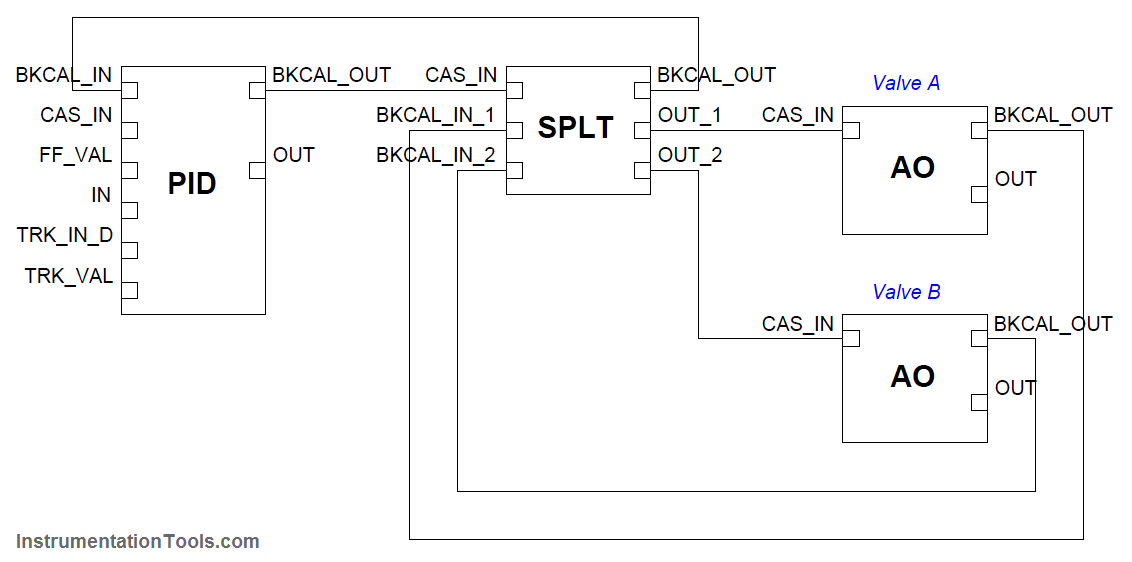
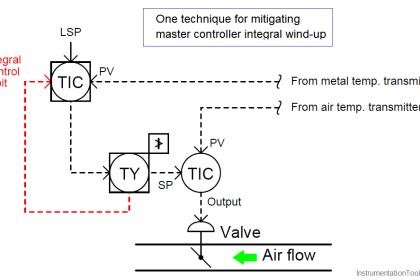
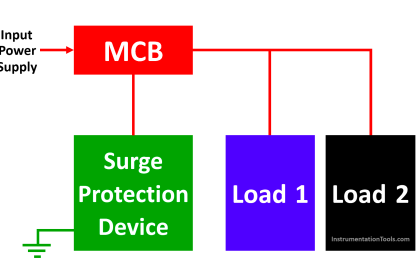
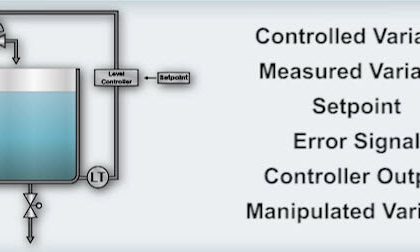
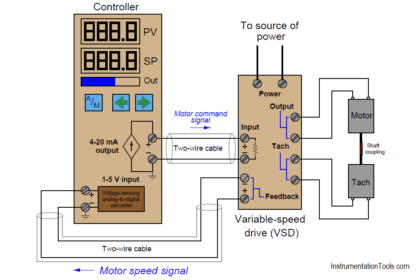
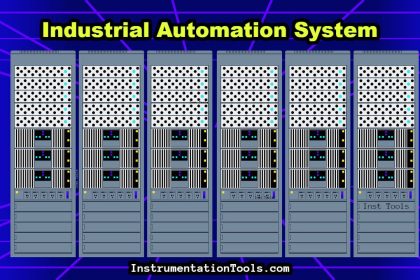
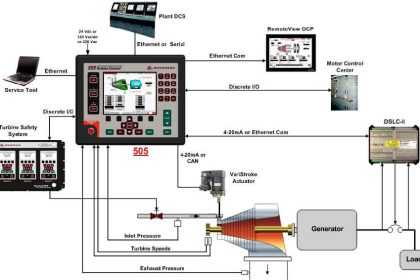
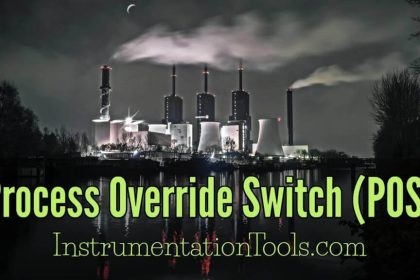
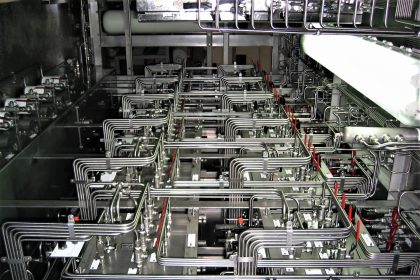
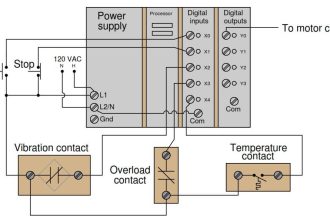
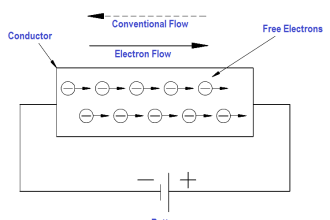
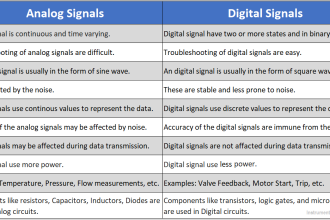
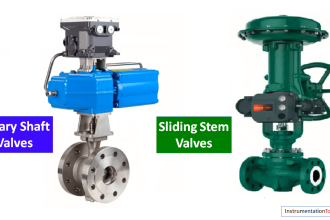

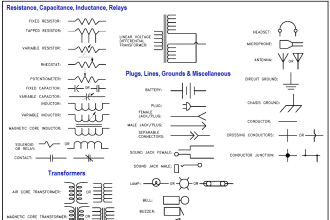

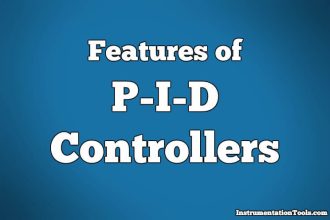

Dear Sir
Currently, we used water flow meter typeSiemens SITRANS F Ultrasonic flowmeters FUS060 with HART to measure the water flow rate and water accumulated flow rate from flow lines.
The outputs of these flow transmitters are Analogue output (active) to 4-20mA; HART and Digital output (active/passive).
These flow meters need to be connected to the existing control room that is located 5 KM away from the location of the flow meters.
The flow meters are installed at different locations both separately and in groups.
Group A three flow transmitters
Group B four flow transmitters
Group C one flow transmitter
Group D one flow transmitter
Group E one flow transmitter
In total 10 flow transmitters.
The location of these flow meters is in the desert.
The design base of this project is to connect the existing 10 flow meters to the control room and to have real-time monitoring of the water flow.
We hope to Receive a technical and financial offer
Best Regards
Abdulrazig Elkawafi
Communication System Engineer
E-mail: a_kwafi@yahoo.com
Mobile: +218914031650
main office of the GMMRA project: Alhwary Rood Benghazi-Libya
Phone:+218612225091-92
Ext.2010
Hi,
We do not do any type of sales.